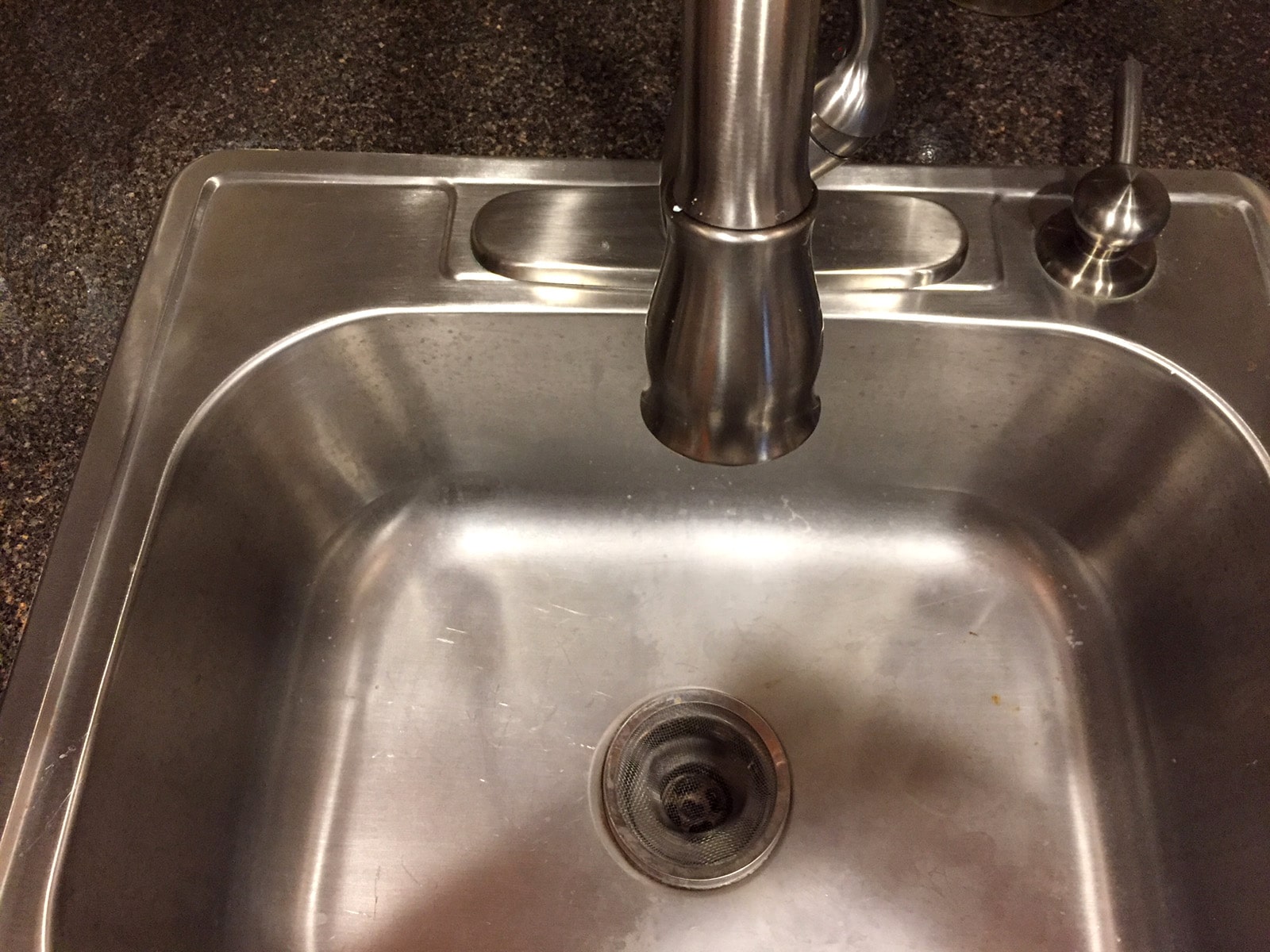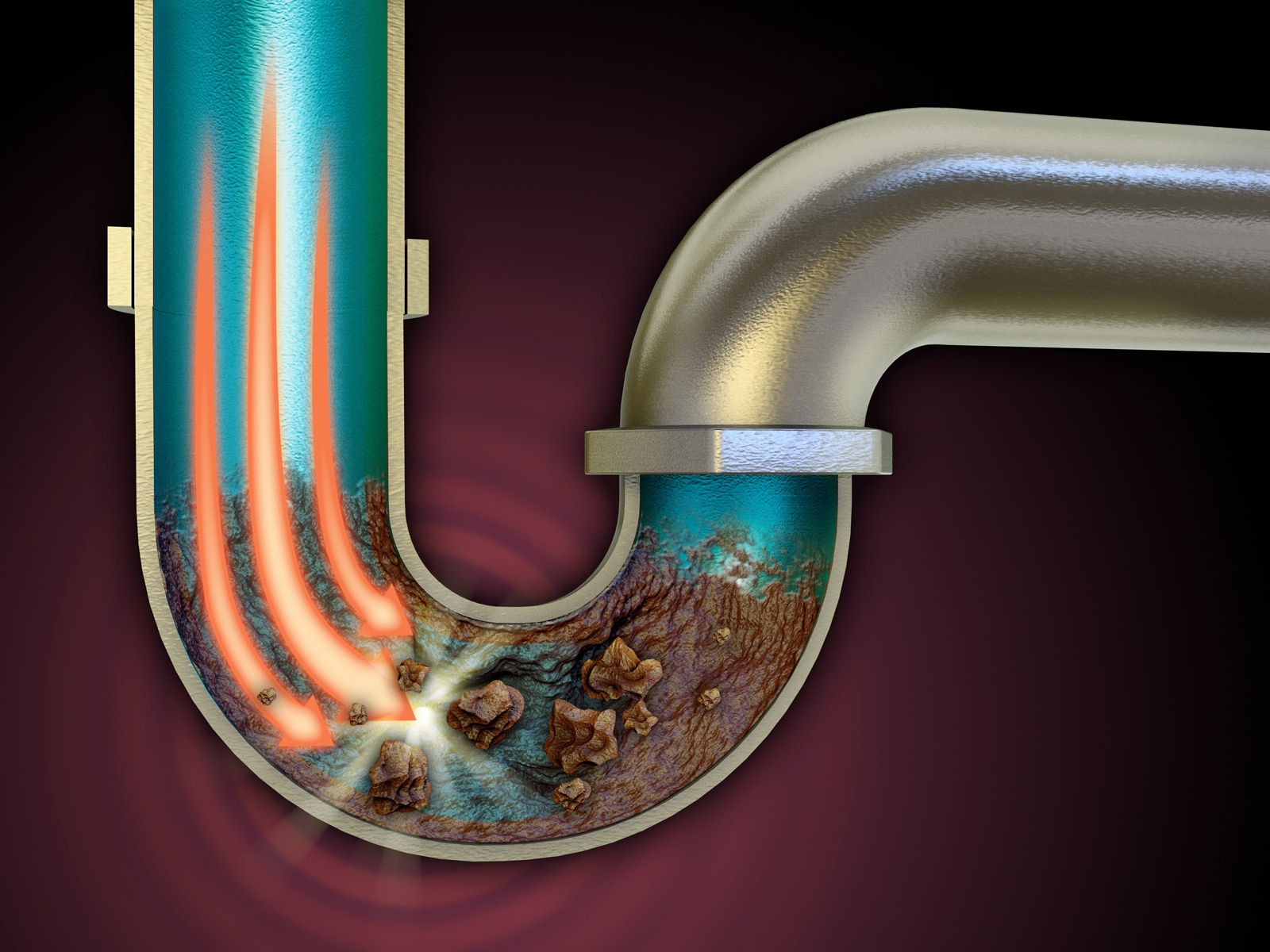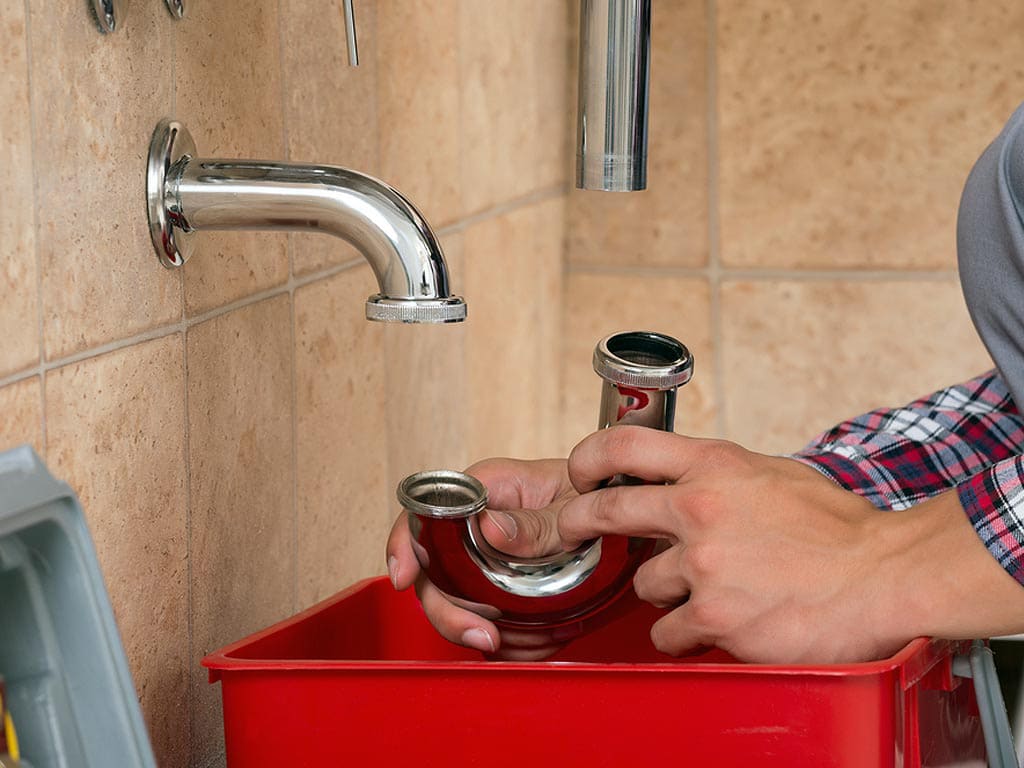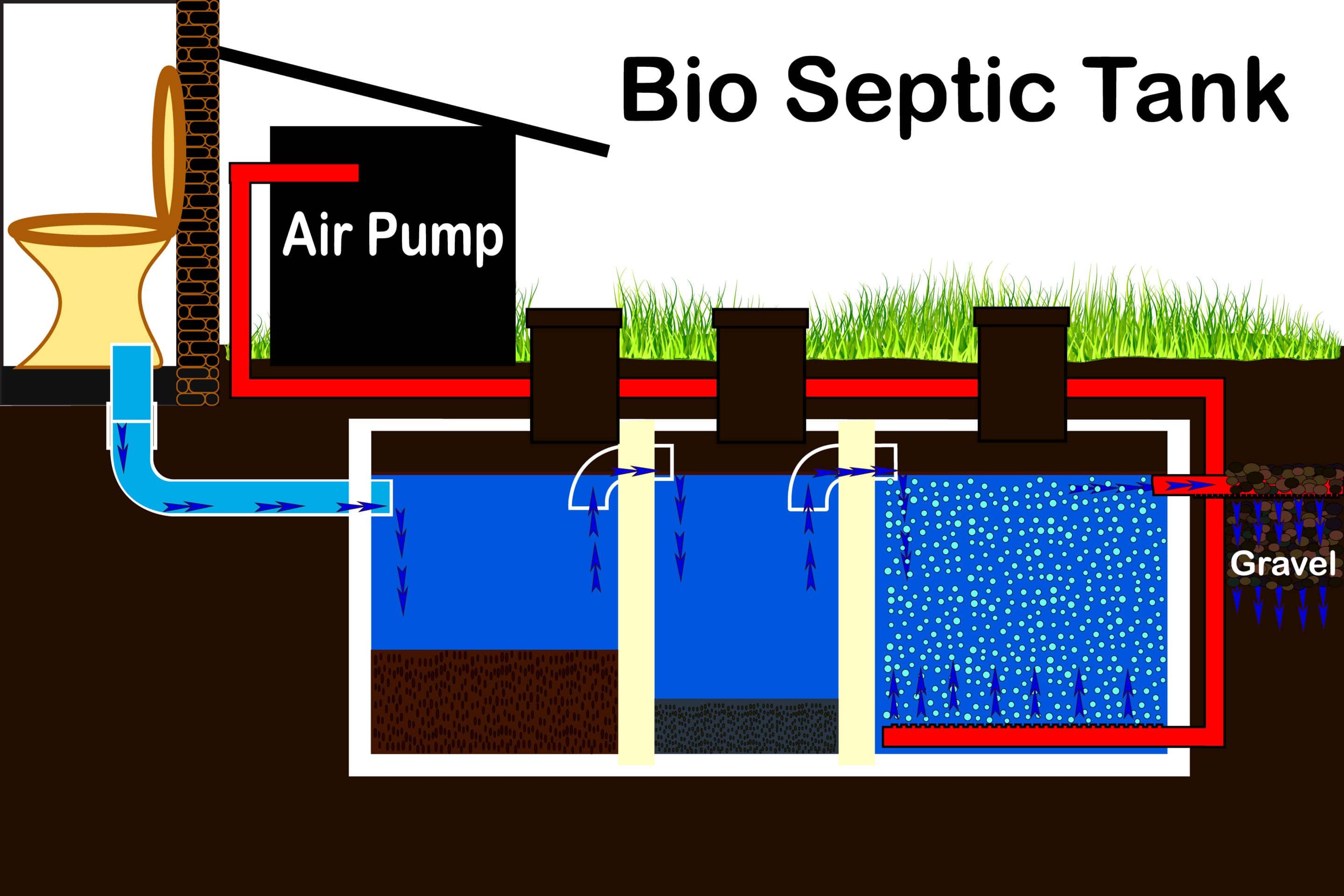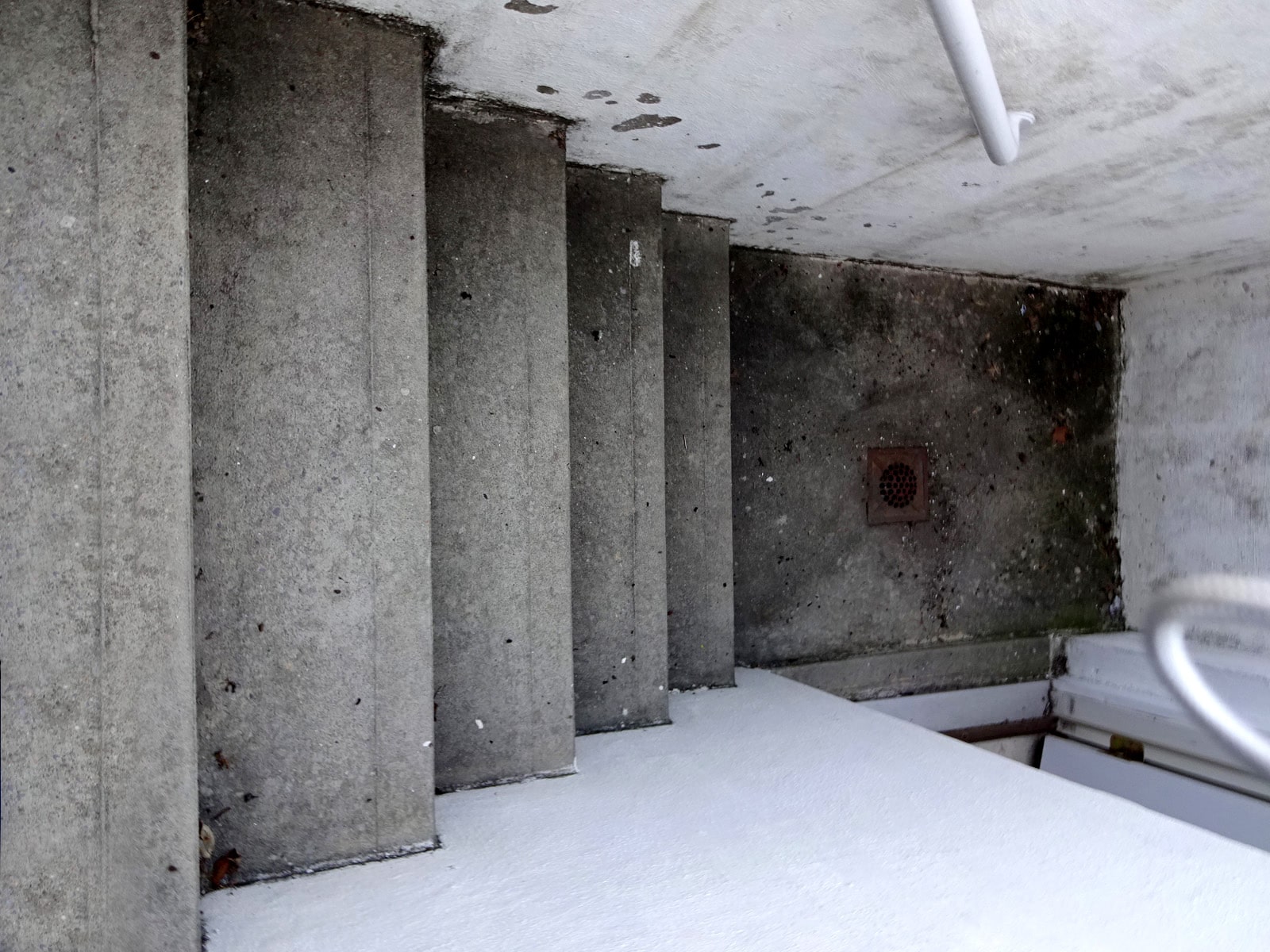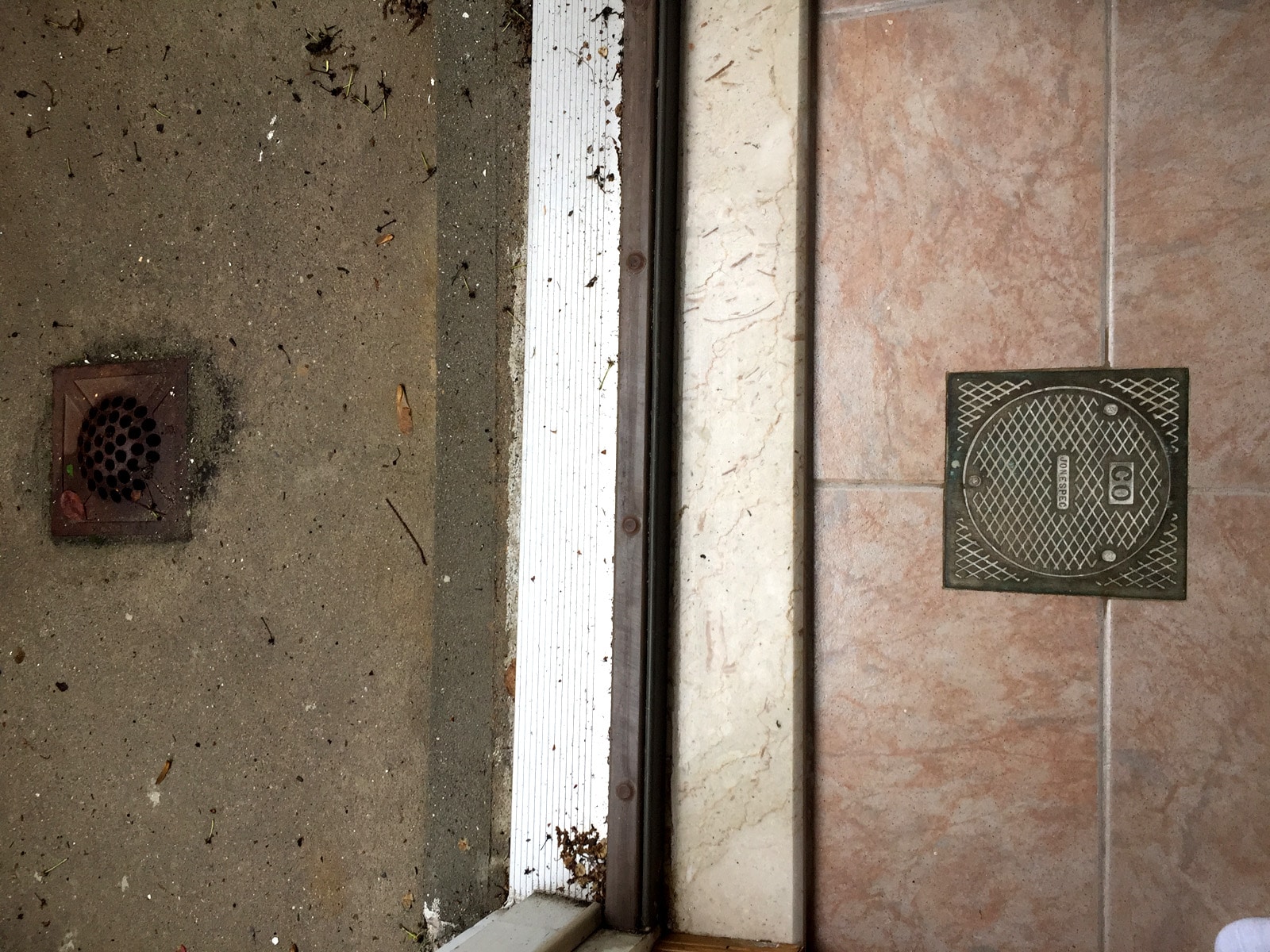When the time arrives to unclog sink drains it can be unpredictable, and always an imposition. Among all the problems that can happen to your plumbing, a clogged sink is one with some of the most obvious symptoms. It may be the gurgling sounds or a slow drain. Whichever the symptom, you can almost always tell that something is obstructing the flow of water in the pipe right under your sink.
As obvious as it may seem, such a simple issue can turn into a big mess when you are trying to unclog drains. That is especially true if you fail to notice it right away. You can turn the water off as soon as you see a pool of water in the sink. But, left unattended the water will begin to flood the floor.
A clogged sink is frequently accompanied by an unpleasant odor. That is most true if it happens in the kitchen sink, as the water contains all sorts of food residue. But thankfully, unclogging a sink drain is usually a relatively simple task, and frequently a DIY project.
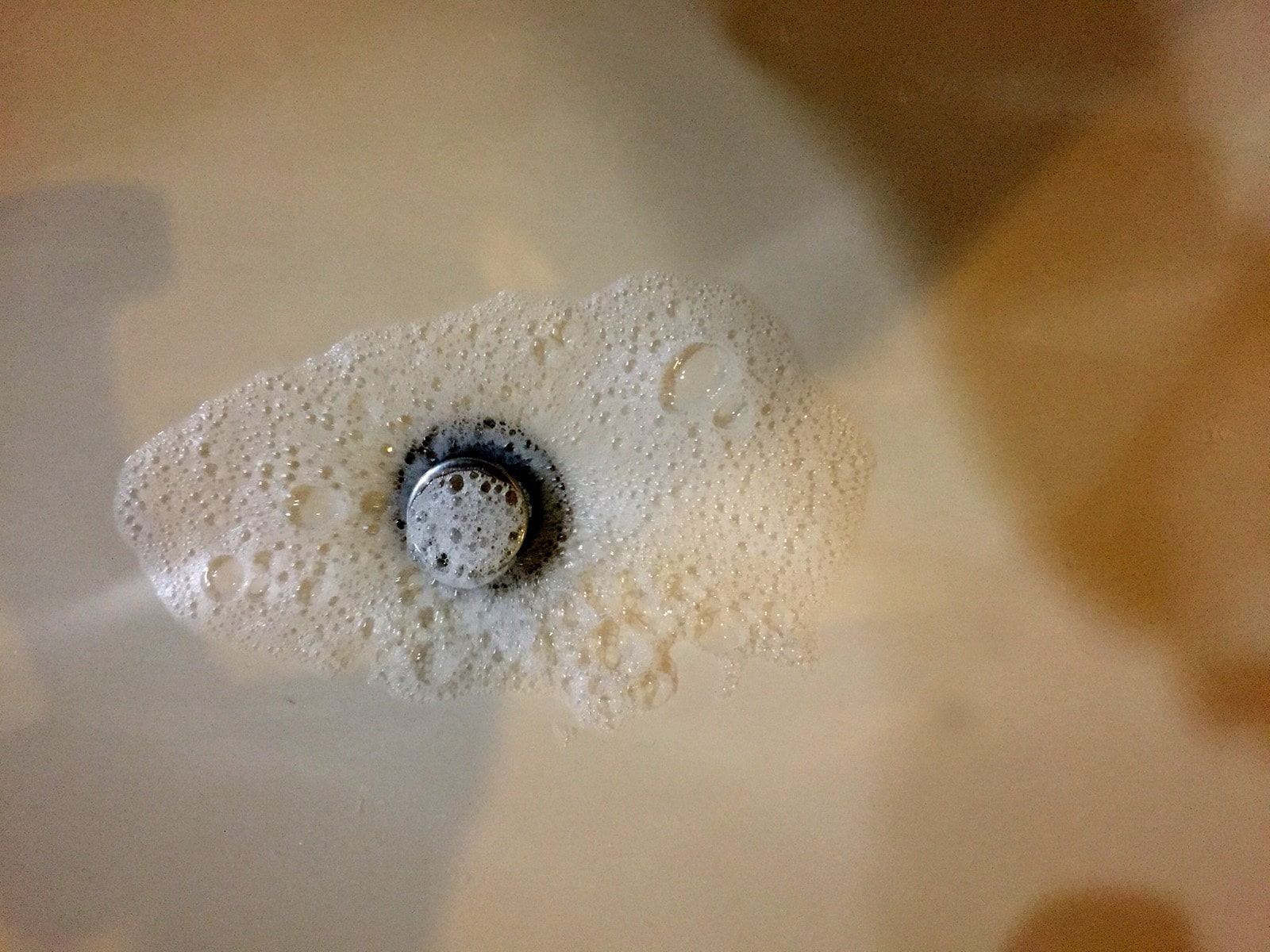
Drainage issues can happen not only in the kitchen but also in the garage, basement, bathroom, and any other room where you have water fixtures. A water plumbing fixture means it requires a proper draining mechanism to get rid of wastewater from the house, and should always have a trap.
Soap scum may accumulate in the garage drain after many times of washing your car. Likewise, dirt and lint can block the drain pipe of a laundry tub ( especially if you’re not using a sink strainer). Even the yard drain can turn into a place where leaves and grass collect and harden to clog the flow of rainwater in the main drain line.
Lack of knowledge, tools, and finesse can lead to a sink drain disaster
No matter what causes a clog and where the problem happens, trying to unclog sink drains in particular may lead to a plumbing disaster. What is supposed to be a minor inconvenience can turn into a major disruption. That disruption can affect the comfort, hygiene, and health of everybody in the house. Using the wrong tools for the job, improper methods of cleaning, or a lack of knowledge, are common calamities.
You can easily avoid exasperating a situation by calling a professional in the first place. Not every sink is created or installed with the same design approach. There are several types of sink drains and each must be dealt with in different ways to minimize the risk of making a bigger mess.
There are 3 primary types of sink drains
1. Grid Drains
A grid type of drain is typically installed for vessel sinks. Grid drains are specifically not designed to open and close. A vessel sink looks like a bowl and lets you run water continuously without worrying about overflow. This type of sink comes in a variety of designs and is also known as a slop sink.
The traditional models feature a series of square or rectangular holes that make them look like a grid, hence the name. Modern variants may feature round or even diamond-shaped holes, but they all offer the same functionality.
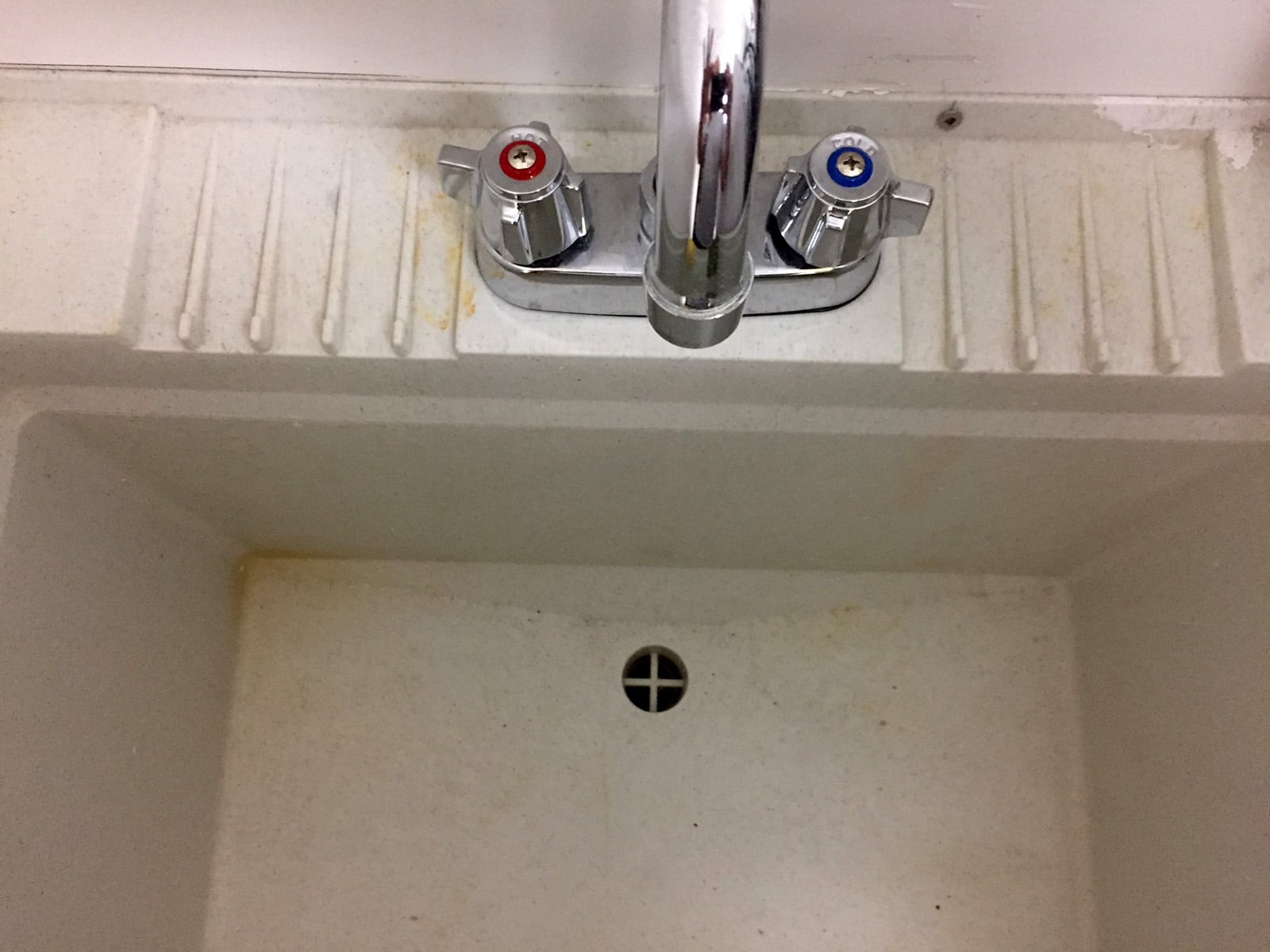
Grid drains are most commonly installed in water fixtures designed to handle high usage, such as a drain for a washing machine. Because they are always open, the chance of clogging is actually pretty slim, which translates to low maintenance. However, it does not mean that grid drains are invulnerable to problems. Unaware users may throw away big solid objects or some papers in the drain, forcing you to do an unclog sink task anyway.
2. Pop-up Sink Drains
A pop-up type sink drain is designed to hold water in the sink bowl until you open it to drain. This is almost the exact opposite of a grid drain. Frequently there is no overflow prevention attached, so you should never leave running water unattended. Many of the older models came with additional an device to control the drain. It is usually found behind the sink bowl itself. While the newer ones are more easily operated.
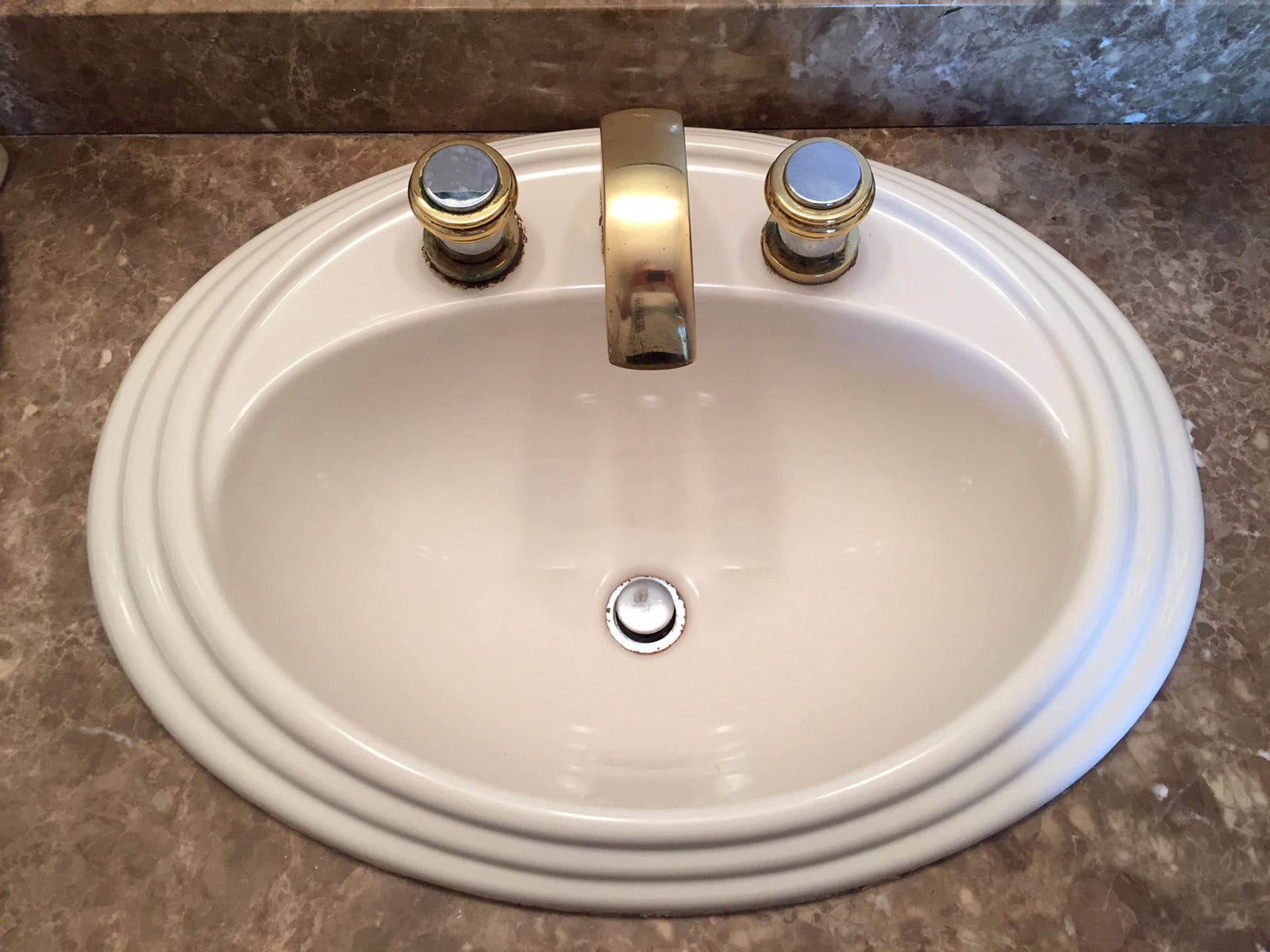
A typical pop-up sink drain has a plug and lever system to seal the drain pipe opening so it keeps the water in the bowl. You will most likely find it in the bathroom sink used for shaving and washing hands or face. Its biggest shortcoming is that hair and soap tend to accumulate underneath the plug. You need to clean it regularly or risk drainage failure.
3. Lift and Turn Sink Drains
Another popular type of sink drain is the lift-and-turn model. As the name suggests, you lift the device to drain water from the sink and turn it to hold water. It is versatile and easy to use; you can install it in any type of sink including those without overflow prevention.
Some sink drain recommendations
There is no sink drain model that offers a clog-proof design. It all depends on how you use it and what objects are flushed down the sink. As a rule of thumb, all non-water soluble materials must be disposed of properly in a trash can. To prevent solid objects from entering the drain pipe, a sink drain is often installed with a strainer. Using sink strainers will frequently eliminate the need to unclog sink drains, and sink strainers are readily available online or at several local stores.
A strainer may look like a cup or simple grate to stop all manner of articles from entering and clogging the sink and drain pipe. You need to clean the strainer every now and then so the accumulated debris does not block the flow of wastewater. Sink strainers are very inexpensive, and tend to wear out after a short while.
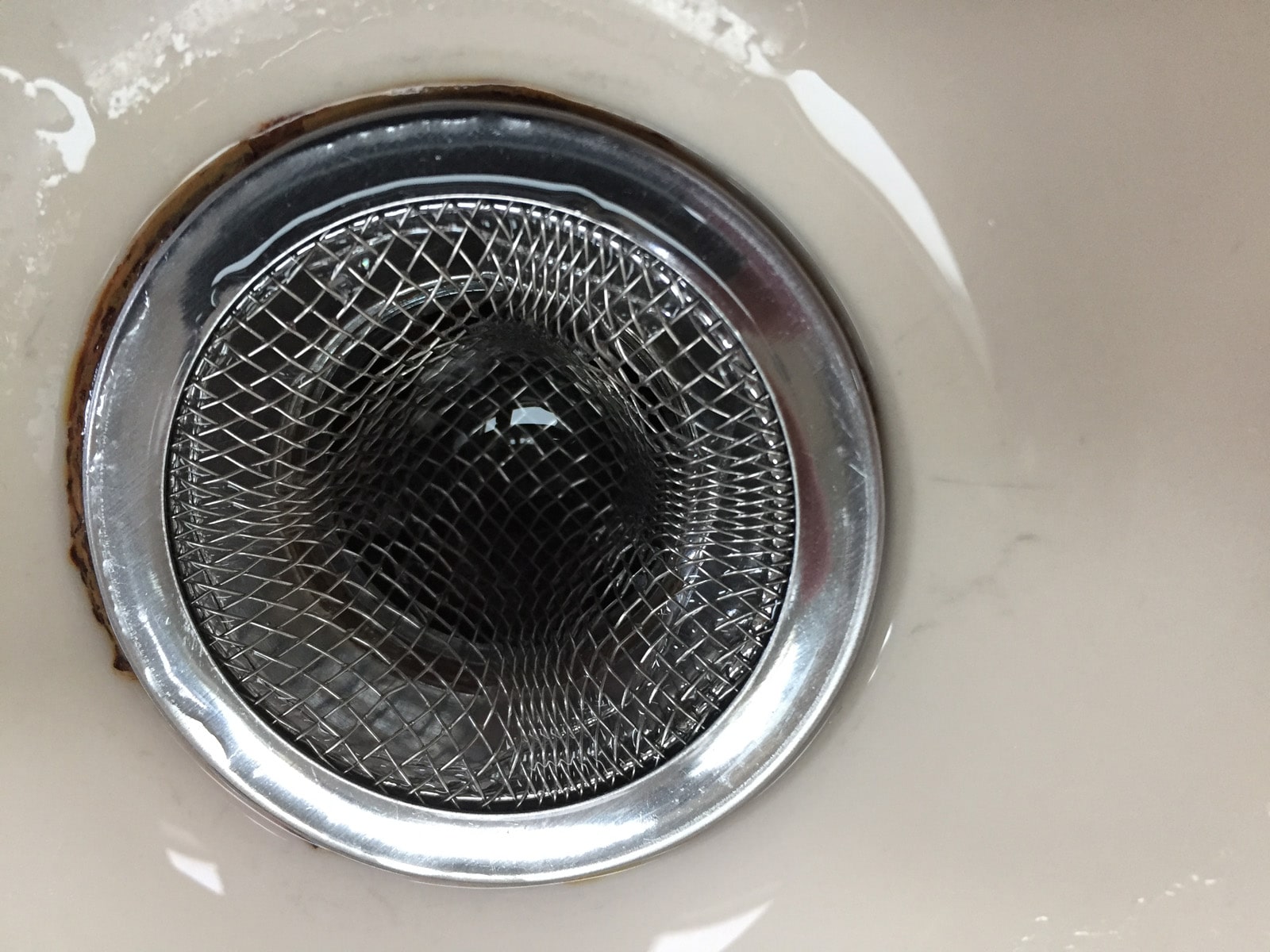
Even when choosing a sink strainer, choice of material matters
While there is no particular type of sink strainer that works better than any other, it is best to opt for one made of stainless steel material or even plastic. The former is much better for durability, but more importantly, it has a rust-resistance factor. Because a strainer is exposed to water almost all the time, using other metal materials may develop rust over time.
If a stainless steel strainer is not available in a hardware store, you can always go for a brass one. When it comes to design, there are three major types including a double cup strainer (it has a second cup and nut to keep it secured in place. It is also most often recommended by professional plumbers), a strainer with a back nut, and a flange-style strainer.
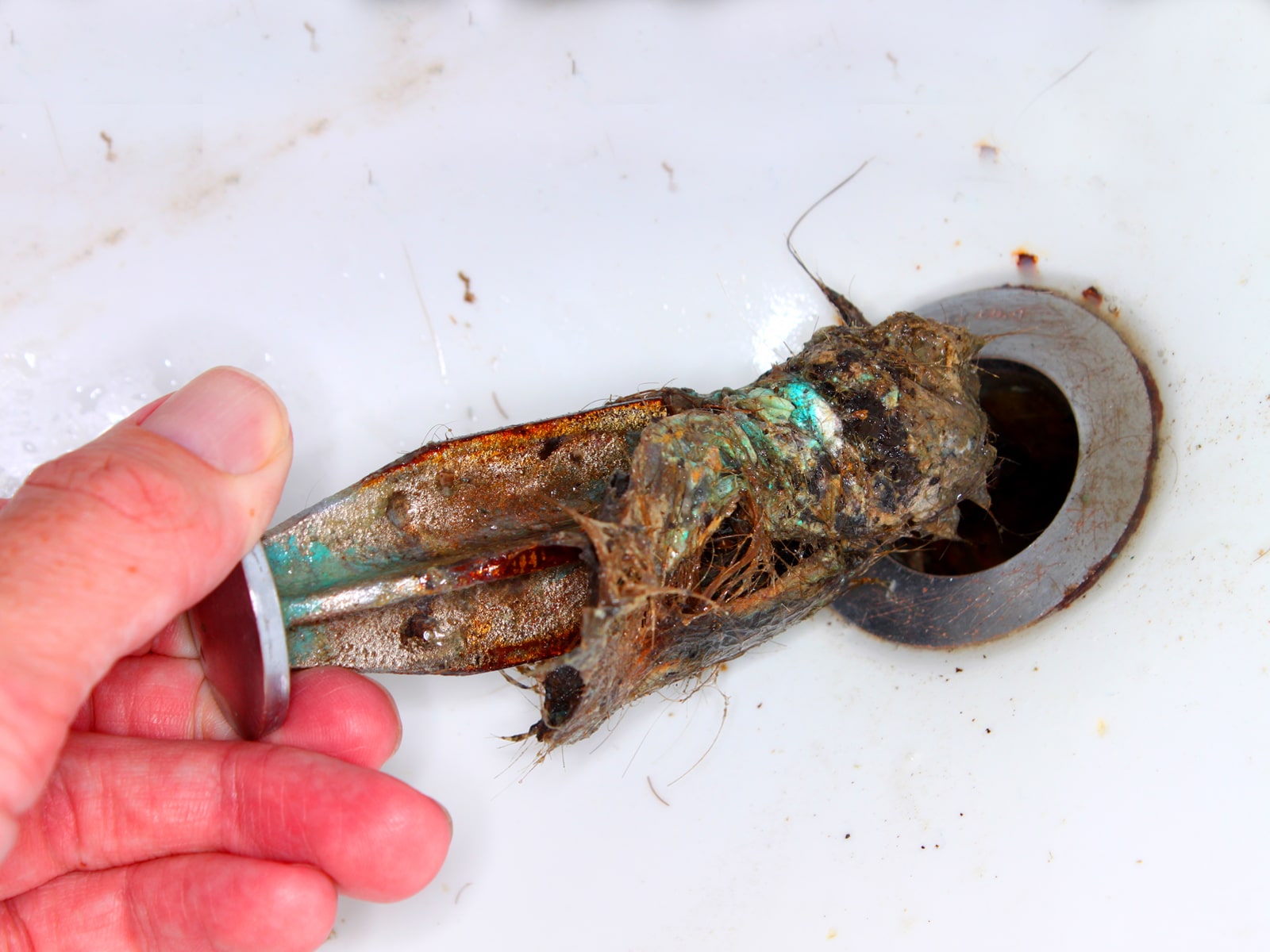
You need to remove several different parts to get the job done easier to unclog sink drains. The strainer certainly has to be removed and the sink housing along with everything in it (gasket, locknut, tailpiece, etc). You can of course use a plunger and try to get rid of the clog without removing any part. This method may work, but if it doesn’t, it is best to take a closer look at the sink drain and figure out the real issue.
Why do sink clogs occur?
The most likely reason is an accumulation of dirt in the sink drain opening or the p-trap installed beneath it. Hair, soap, grease, paper, and food waste can also collect and harden in the inner surface of the drain pipe and create a stubborn obstruction over time. You should not rule out the possibility of a damaged pipe, too.
This is the kind of problem you cannot repair using a plunger or snake auger; what you need is a replacement. If anything else in the sink drain breaks, you must replace the parts as well. Always use great care when handling sink drain lines. They are frequently old, or very thin-walled to begin with. P-traps can especially be fragile, sink they hold water 100% of the time.
Prevent a clogged sink
Regular cleaning helps minimize the risk of clogging. Use only natural materials such as hot water and vinegar to remove debris and grease from the sink, strainer, and p-trap. Avoid using chemical-based drain cleaners unless you know what you are doing. However, many folks claim to have to unclog a drain with baking soda and vinegar successfully – your mileage may vary!
In addition to NOT flushing non-water soluble materials down the sink, you can prevent a clogging issue by doing timely maintenance. Clean all p-traps and strainers regularly and then try to flush down some water afterward. The procedure should let you know if there is any symptom of a problem to address right away.
Precautions before attempting to unclog a sink drain
When trying to unclog sink drain clogs, there is always a possibility that you create another bigger problem. Unskilled homeowners tend to damage the drain pipe itself, break the pipe fitting, or scratch the sink finish by using brute force. Operated by untrained hands, even a simple tool such as a snake auger can introduce more issues instead of repairing them.
Always place a pail under the P-trap of piping before taking it apart. Old waste water and soap scum can get pretty nasty indeed. Click here to learn more about cleaning a sink stoppage.
Chemical cleaners are equally dangerous to the pipe and the environment. Let us not forget about the possibility of missing some spare parts during the repair. Always clear the work area before you do anything else. Minimize the risk of injuries by removing all clutters and turning off the electricity if some wires are within proximity to the sink. If the garage drain is clogged, move the car away from the area for safety reasons.
Know when to call professionals to unclog sink drains
It is always tempting to unclog sink drains by yourself. There is the temptation that you can save money instead of calling professional plumbers to do the job. The DIY approach is not at all bad, but you should know your own limitations. As soon as you think the problem is too difficult to handle using simple tools, call professionals and explain your situation.
Balkan Drain Cleaning is among the most experienced drain service companies all across NYC. This is the go-to company for all issues you may have with a clogged sink, pipe damage, toilet overflow, backflow prevention valve, p-traps, and everything else related to plumbing drain installations.
Whether it is to unclog sink drains, replace drain pipe in the basement, or a brand new sewer installation, the Balkan Team is always available to answer your inquiries and deliver its services 24 hours a day, 7 days a week. Contact Balkan Drain Cleaning for expert advice, matched by expert service. And of course, if you require more serious repairs to sewer lines or water mains contact Balkan Sewer And Water Main Service, our parent company.

